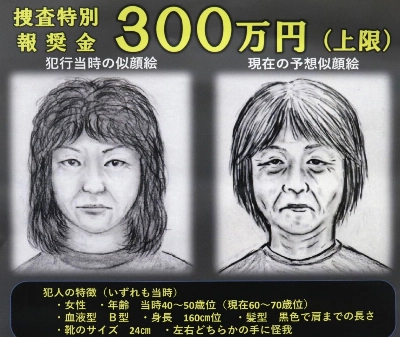Japan's taxi industry was deregulated in 2002. But in July 2008, the transport ministry started reviving some regulations, saying that that an oversupply of taxis has led to lower profits for taxi companies and poorer working conditions for taxi drivers. In about 80 percent of the nation's taxi operation zones, it has strengthened supervision of taxi companies' moves to increase the number of taxis. In 109 of these zones it has clamped down on new entries into the market by taxi companies.
The ministry had hoped that deregulation would help improve services for taxi users. Taxis operated by taxi companies nationwide numbered 206,000 in fiscal 2001. After deregulation the number of such taxis increased by about 16,000, or about 7.8 percent, to 222,000 in fiscal 2006. But the number of taxi users has leveled off at about an annual 1.9 billion and a taxi's average daily sales have declined by 4.1 percent to about ¥29,700. A taxi driver's average annual wage in fiscal 2007 was ¥3.29 million — ¥2.26 million less than the average for all industries — and a driver's average annual working hours are 192 hours longer than the average for all industries.
The ministry says that an overabundance of taxis is responsible for the worsening of taxi drivers' working conditions. But it also appears that there is something wrong with the business strategy and the labor practice of taxi companies. In January 2008, the Tokyo District Court turned down a lawsuit by 10 taxi drivers who complained that the deregulation led to lower wages and who sought about ¥27 million in damages from the state. But the court pointed out that while the deregulation had caused taxi drivers' working conditions to deteriorate, services for taxi users also had not improved.
















With your current subscription plan you can comment on stories. However, before writing your first comment, please create a display name in the Profile section of your subscriber account page.